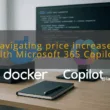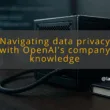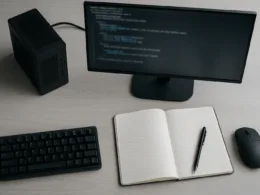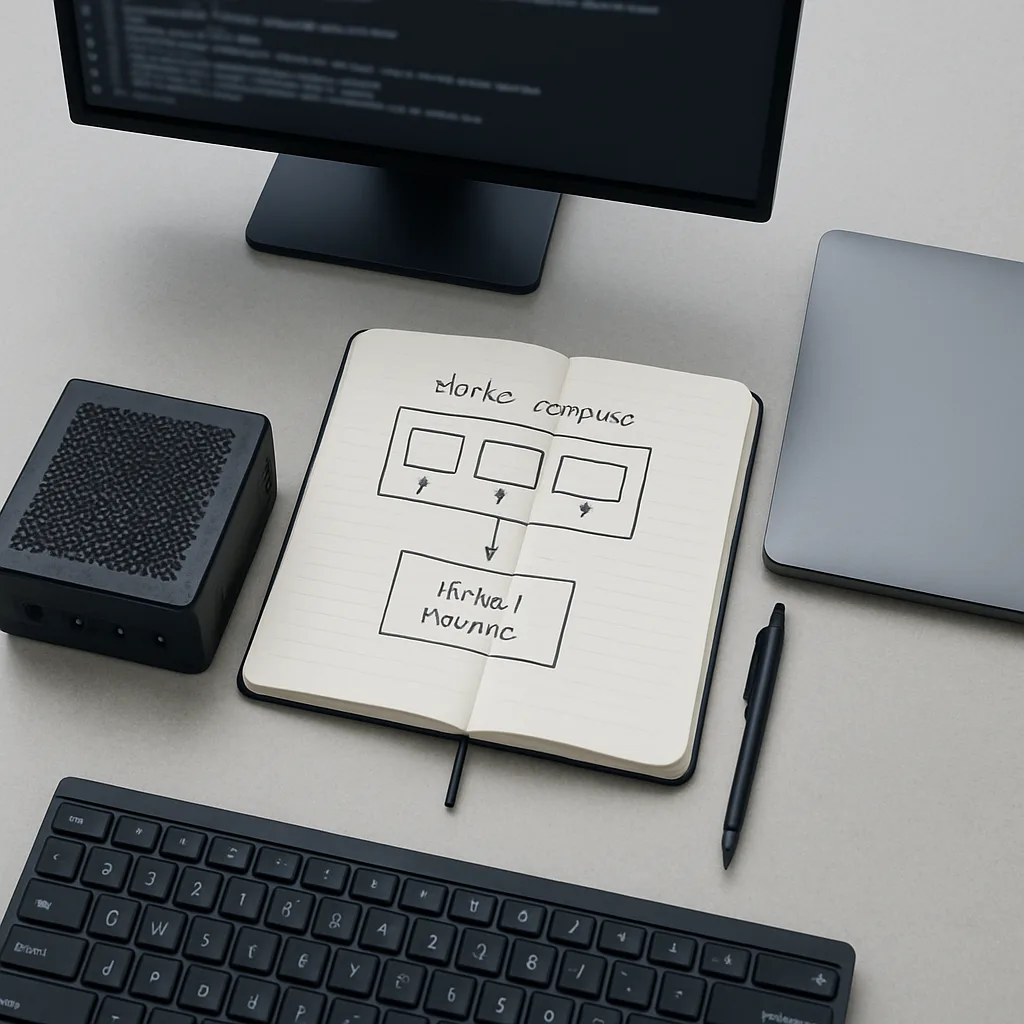Implementing AI-Driven Automation in Your Homelab: Best Practices and Pitfalls
I treat my homelab like a workshop. I try one idea, break it, and learn fast. AI-driven automation can save hours of repetitive fiddling. It can also make a mistake repeat itself at scale.
Getting Started with AI-driven Automation in Your homelab
Understanding AI-driven automation concepts
AI-driven automation means using models or smart rules to make decisions that would otherwise be manual. In a homelab that usually means conditional actions: auto-remediation of alerts, configuration drift detection, or smart scheduling for builds. Start small. Pick one task that is boring and safe to break.
Setting up your homelab for AI integration
Start with a segregated test environment. I run a VLAN or separate Proxmox pool for experiments. Keep a snapshot policy that captures state before any automation runs. Use dedicated service accounts with least privilege for automation agents. Simple checklist:
- Create a test network segment and snapshot policy.
- Add a read-only monitoring account and a restricted action account.
- Keep sensitive keys in a vault like HashiCorp Vault, or a sealed file with proper ACLs.
Common tools for automating homelab tasks
I use a few reliable tools that pair well with AI features:
- Ansible for idempotent configuration changes and simple playbooks.
- Docker Compose for local services; use images built from a CI pipeline.
- Home Assistant automations for device-level tasks.
- Git and GitOps flow for tracking software configurations.
- Lightweight ML libs or scripts only for inference tasks, not training.
Use small models that run on a Pi or NUC if you need local inference. Avoid pushing raw model training onto your homelab unless you have spare GPU capacity and a clear reason.
Initial configurations for success
Make automation predictable. I version every config in Git. I mark experiments with branch names and tags. Adopt these rules:
- Write scripts idempotently so reruns do not break state.
- Require code review for automation playbooks.
- Add dry-run modes and safety gates before any change that touches network or storage.
- Log every automation action to a central place and rotate logs.
Troubleshooting early challenges
When an automation misfires, isolate the action. Revert via snapshot. Check logs for correlation IDs. If a model made the decision, log the input features and the model version. Steps I use:
- Reproduce the failure in the test VLAN.
- Run the playbook or model in verbose mode.
- Reapply using a canary host first.
- If the issue is configuration drift, rewind to the last good commit and compare diffs.
Navigating Automation Pitfalls
Identifying potential risks in automation
Automation multiplies errors. A bad script can reconfigure multiple machines in minutes. AI adds a different risk: opaque decisions. Note these common failure modes:
- Unchecked write operations that change critical configs.
- Model drift where an inference no longer matches reality.
- Overfitting of automations to a single device type.
Catalogue your risks. I keep a short risk register per service with impact and rollback steps.
Strategies to mitigate automation errors
Use guardrails. I put approvals on playbooks that alter network or storage. I use feature flags and progressive rollout for policy changes. Technical controls that help:
- Run changes on one host first, then three, then the fleet.
- Require signed commits for automation playbooks.
- Automate tests that validate a change before it reaches production-like hosts.
Include validation checks that assert desired state after a change. If a check fails, the automation should revert automatically.
Balancing automation with manual oversight
Not everything should be automated. For high-impact changes I add human review. For low-risk tasks I push for full automation. A practical rule I use:
- Automate repetitive, recovery, and monitoring tasks fully.
- Keep governance, network design changes, and critical storage ops as manual or gated.
Log the decision and the person who approved it for auditability.
Learning from common mistakes
I have broken DNS and learnt to snapshot first. I once let an untested Ansible role run across 20 VMs. Fixes that helped:
- Add a dry-run stage for any change touching more than one host.
- Use precise selectors rather than broad patterns.
- Keep rollback playbooks next to the change playbooks.
Write post-mortems that state the root cause, the fix, and one change to the process to prevent repeats.
Future-proofing your automation efforts
Design for replaceability. Keep model inputs and outputs versioned. Use small, interpretable models for high-risk decisions. Keep automation logic in code, not GUIs, so you can audit and migrate. Practical steps:
- Tag model artifacts and store them with metadata.
- Keep playbooks modular so you can swap providers or tools.
- Archive older configs and keep a changelog.
Concrete example: store an Ansible role in a versioned repo; tag the role release; update the CI to run unit-style tests that validate key configuration files before a role is allowed to run across the homelab.
Final takeaways: pick safe targets, test thoroughly, and add simple rollback paths. AI-driven automation can cut repetitive work, but it needs strict control, versioning, and staged rollouts to stop a small error becoming a big mess.










